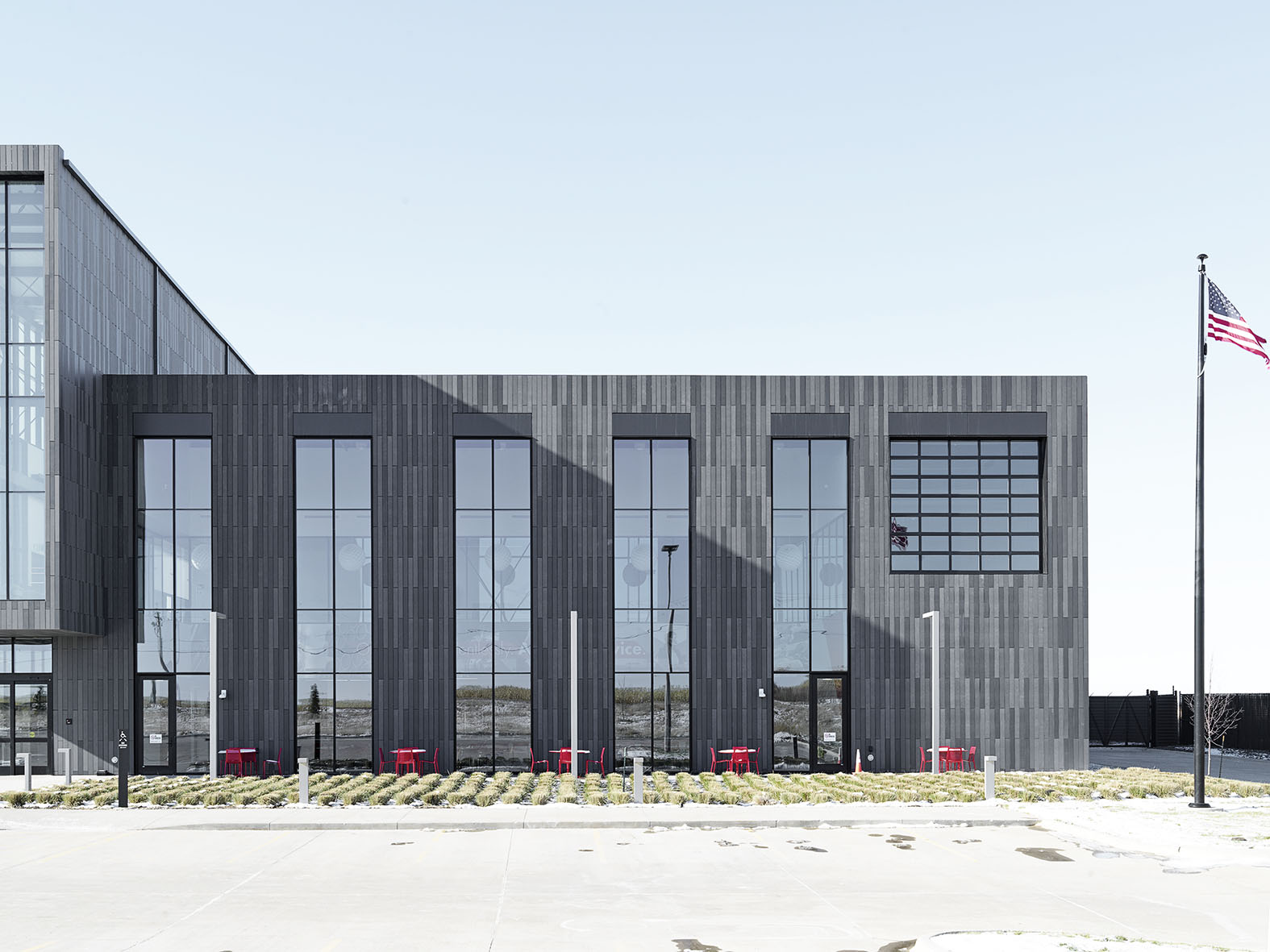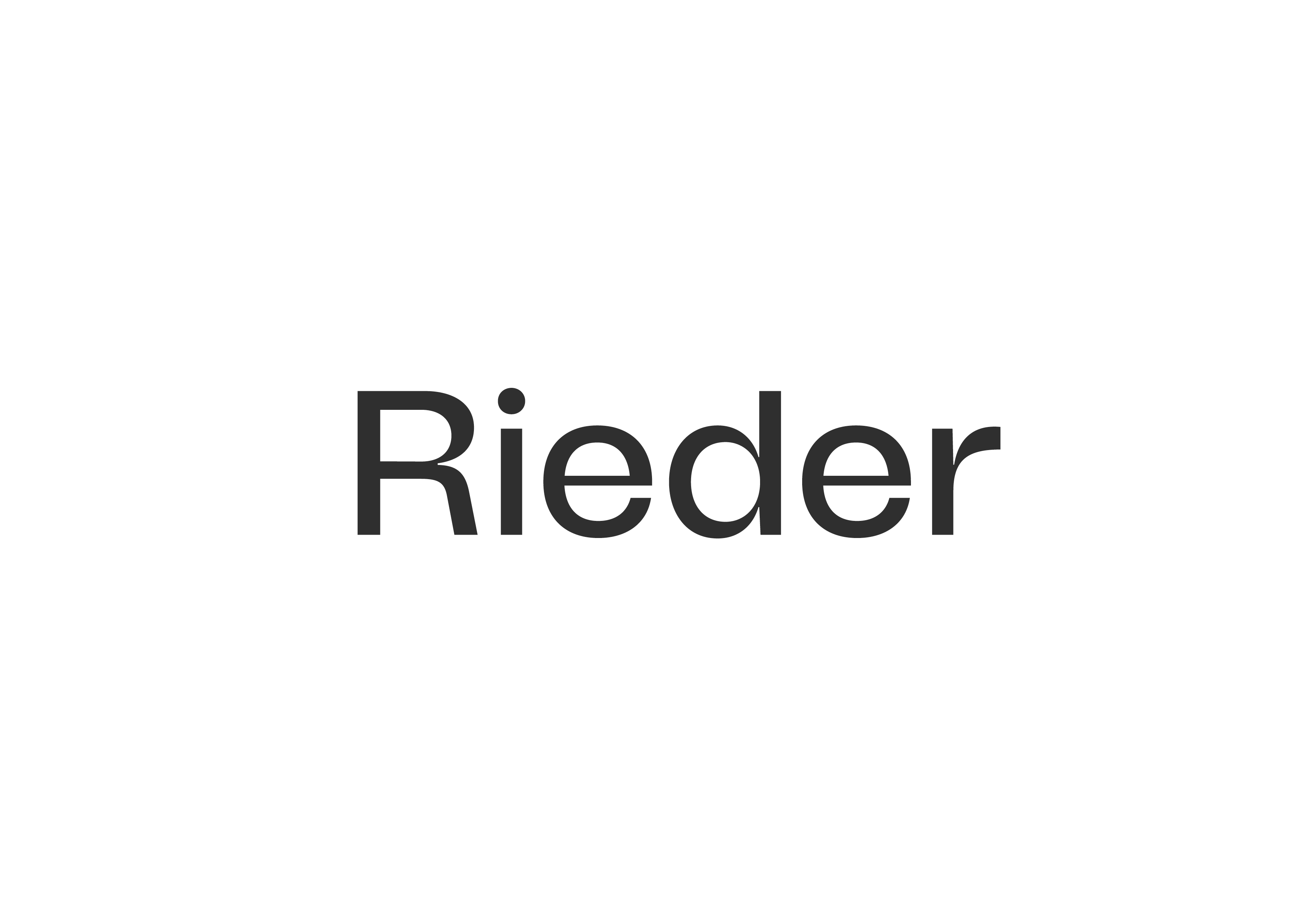Building Green: Sustainable Façade Solutions & Advantages of GFRC
Innovative approaches to eco-friendly architecture & the role of glassfibre reinforced concrete
Sponsored by Rieder USA | Presented by James Butler
Webinar On-Demand
The development of extruded glassfibre reinforced concrete was inspired by Rieder's vision of a concrete cladding panel that is both stable and lightweight. The material convinces with its range of benefits when it comes to design: The elements with only 13 mm thickness come in a variety of colors, textures and surface finishes, thus offering numerous possibilities for the creative use of structure and form. The malleability of the panels allows them to be smoothly shaped around corners and edges. World first: With the goal of ensuring the preservation of the world for future generations, the façade specialist developed a cement-reduced concrete matrix. The cement in the Rieder façade panels will gradually be replaced by natural pozzolans. As a first step, 50% of the cement was substituted, which resulted in a CO2 saving of 30%.
In addition to durability, low maintenance and total fire resistance, the material excels in its environmental benefits: It goes without saying that Rieder uses non-toxic products (free of crystalline silicon dioxide) and reduces its use of primary energy in production to a minimum. The longevity of GFRC panels further enhances their eco-friendly profile, as their extended lifespan reduces the need for frequent replacements and minimizes resource use over time. In line with the zero-waste policy new products and strategies were developed and will be discussed in the webinar.
This course will highlight the numerous benefits, sustainable aspects, and high performance of GFRC facades. We will also explore the material’s flexibility, various design options, current façade trends, and bespoke building solutions.

Photo courtesy of Rieder Facades / Ditz Fejer
 |
James Butler has 16 years of experience in facades, having worked with a wide range of products and fixing systems, collaborating with architects, developers, contractors, and manufacturers on projects including govt. infrastructure, sports stadiums and landmark mixed use schemes. James set up and ran a facade specification, design, fabrication and supply company in the UK called Pura Facades specialising in GFRC. This led to an MD role for the wider facade manufacturing and distribution group, Vivalda PLC. However he had always been a big fan of the Rieder GFRC materials having worked closely with them whilst at Pura. James jumped at the chance earlier this year to join the company and develop the international markets, spreading the knowledge on GFRC. |
The Rieder Group specializes in the production of solution-oriented, environmentally friendly and economical facade solutions made of glassfibre reinforced concrete. The greatest driving force behind the continuous development is the striving to create more than just sustainable concrete elements in order to allow Rieder to make an active contribution to the energy revolution. The aim is to offer architects and builders an intelligent facade with countless possibilities in terms of aesthetics, flexibility of design, sustainability, and cost-effectiveness.
Originally published in Architectural Record
Originally published in August 2024
LEARNING OBJECTIVES
- Explore the benefits and performance of GFRC and rainscreen systems, including their impact on the safety of buildings.
- Recognize sustainable facts about GFRC facades and rainscreen systems and their role in energy efficiency and environmental protection.
- Identify the importance of proper design and point out numerous possibilities for customized facades.
- Compare various GFRC products and discuss innovations and holistic solutions for building envelopes.











